When you step outside your door and into your yard, does it whisper “wow” or mutter “meh”? The truth is, a flower bed can make all the difference. Whether you have a sprawling lawn or a tiny patch by the sidewalk, the right flower bed design adds color, character, and a whole lot of charm.
I’ve tried them all—from digging up weedy patches to curating beds so symmetrical they’d make a ruler weep. In this guide, I’m going to walk you through 16 of the best flower bed ideas, sharing what works, what wows, and what will make your neighbors peek over the fence with a touch of envy.
1. Curved Flower Beds for a Natural Flow

Straight lines are great for desks and rulers—but your flower beds? Let them curve. Curved flower beds mimic nature’s own path, giving your garden a soft, flowing feel.
Use a hose to sketch the curve first, then outline it with edging stones or bricks. This method works wonders along driveways or wrapping around trees. I once curved a bed around a weeping willow, and it looked like a floral river flowing from the roots.
2. Raised Flower Beds for Drama and Definition
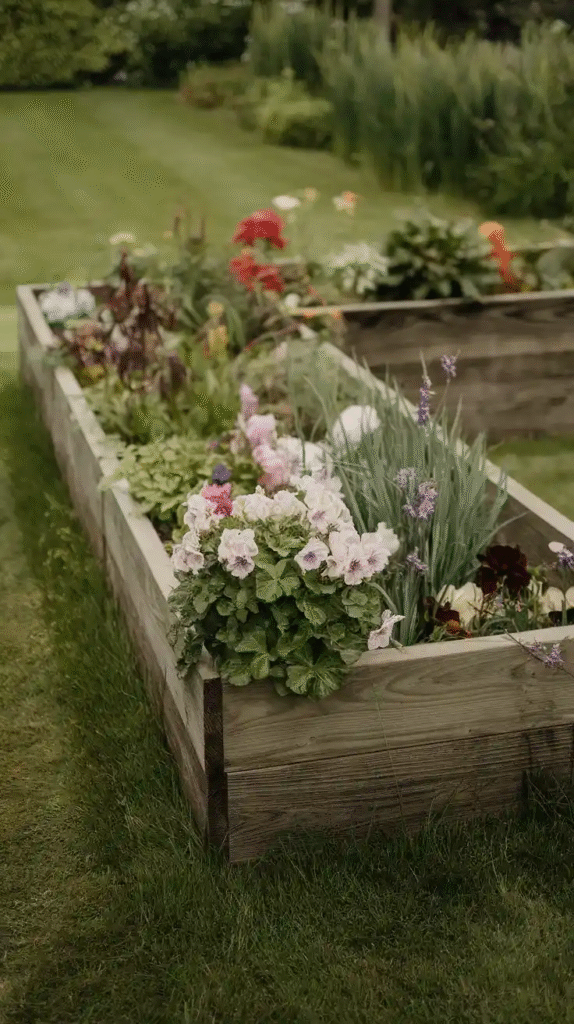
Want to give your garden a bit of backbone? Raised flower beds are the architectural statement of the flower world. Build them from wood, bricks, or even corrugated metal for a modern twist.
Besides the visual punch, raised beds improve drainage and are easier on the back (a gift for anyone over 30). Fill them with rich soil and bold blooms like sunflowers or peonies for an eye-level bouquet.
3. Tiered Flower Beds for Sloped Yards
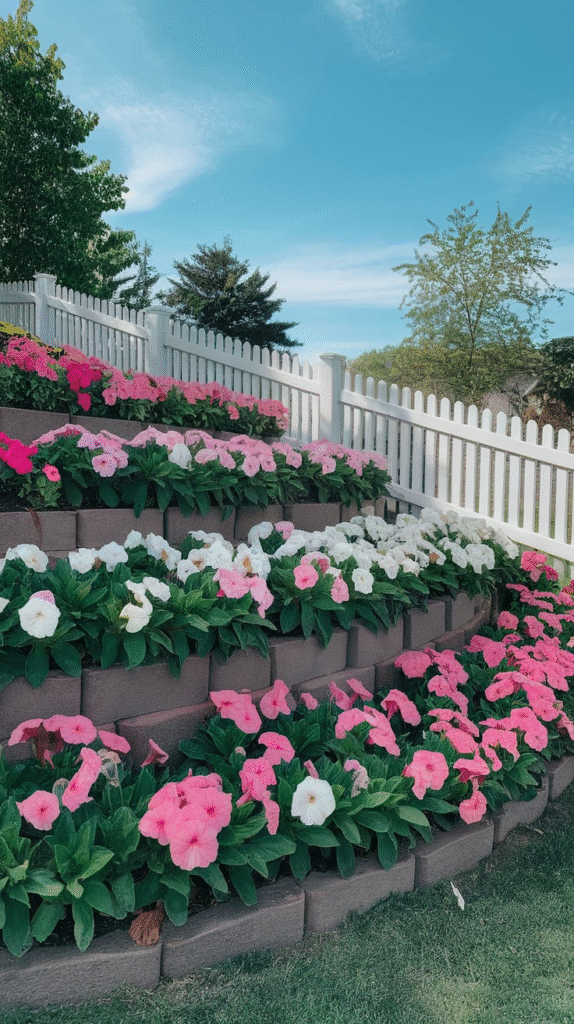
If your yard has the topography of a ski slope, don’t fight it—embrace a tiered flower bed. Stack beds in layers like a floral amphitheater, each level hosting a different color or texture.
I once built a three-tiered setup with lavender, daisies, and petunias cascading downward like nature’s own wedding cake. Use railway sleepers or stacked stone for structure.
4. Perennial Flower Beds for Low-Maintenance Beauty
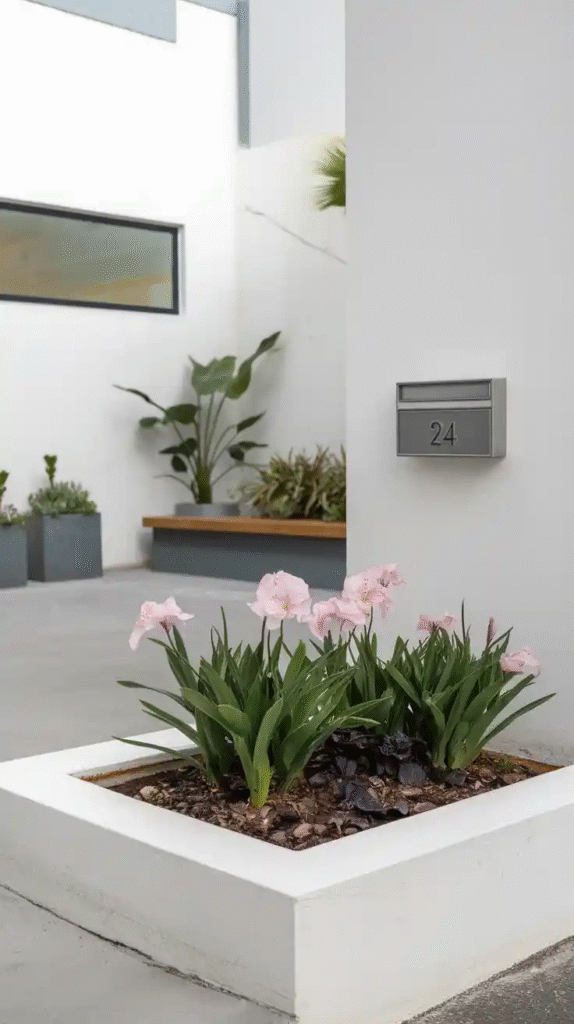
Perennials are the friends who show up year after year without being asked. Plant a flower bed full of perennials—like daylilies, coneflowers, and black-eyed Susans—for blooms that return each season with minimal fuss.
Mix heights and bloom times so there’s always something happening. This is perfect for the low-maintenance gardener who still wants that ‘wow’ effect.
5. Cottage-Style Flower Beds for Chaotic Charm
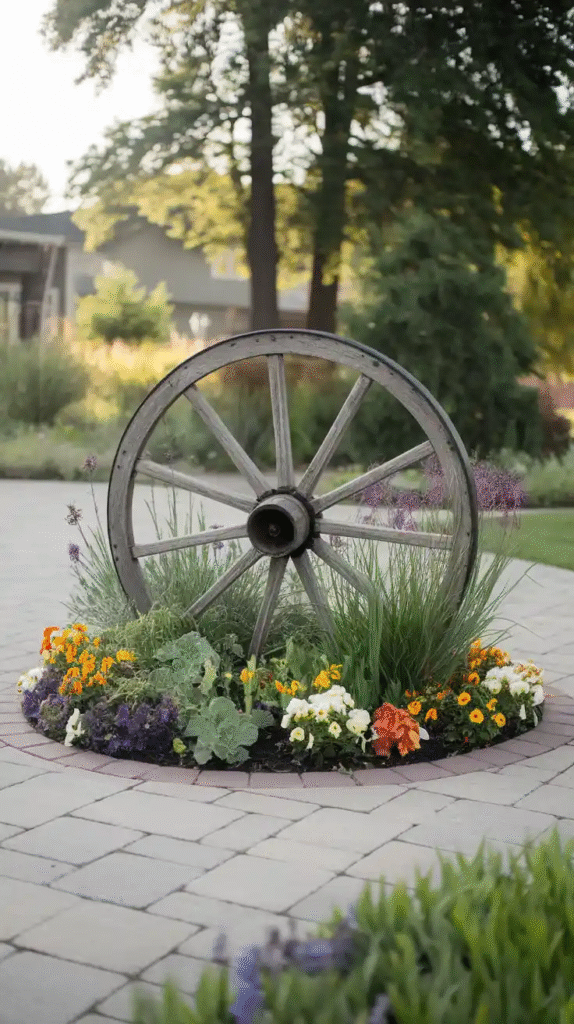
There’s a method to the madness of a cottage garden flower bed. Imagine a jumble of hollyhocks, snapdragons, foxgloves, and poppies all tangled together.
The secret is in the variety—different shapes, colors, and heights, all cozying up like neighbors at a block party. I once let a few forget-me-nots self-seed among the bigger blooms, and it turned into a joyful chaos.
6. Symmetrical Flower Beds for Formal Gardens
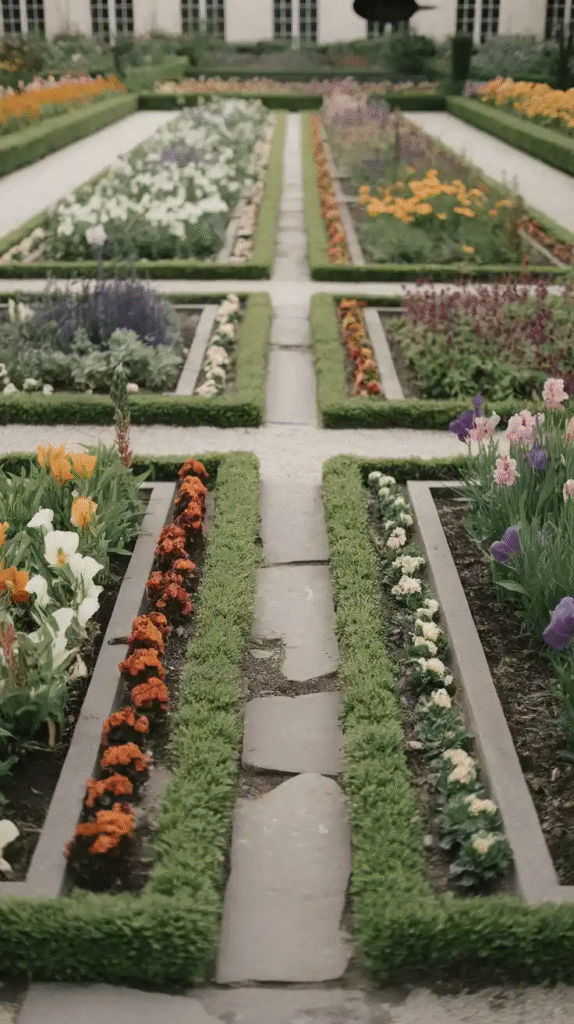
Sometimes, order is beautiful. For a stately, formal garden, symmetry is your friend. Mirror your flower beds on either side of a path or central feature. Use clipped boxwood borders and repeat plantings like lavender or roses in tidy rows. This works best in front yards or as part of a classical garden design. Trust me, symmetry can soothe the soul.
7. Pollinator-Friendly Flower Beds
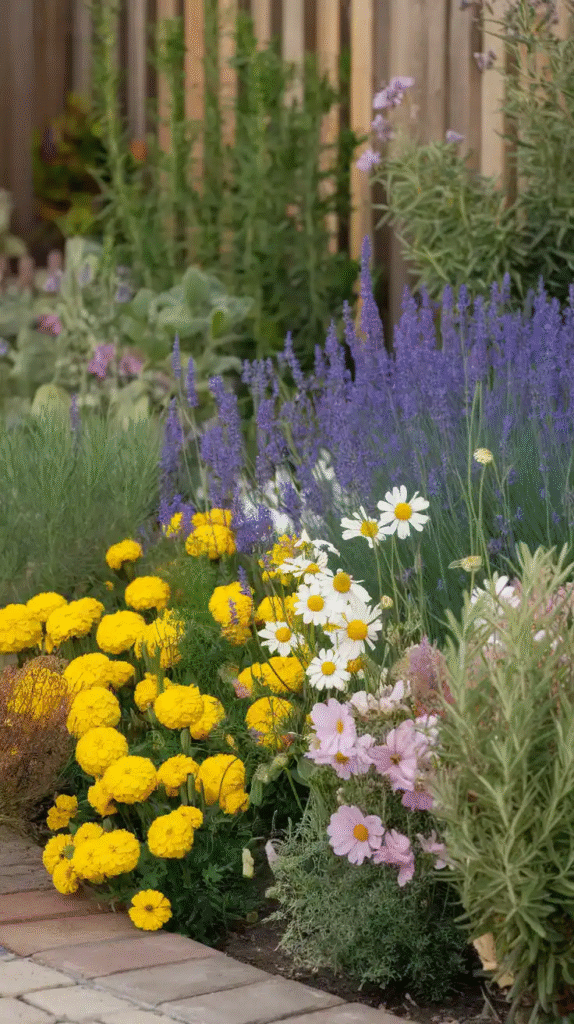
Want to do something kind for the planet and make your garden hum with life? Build a pollinator-friendly flower bed. Choose flowers that bees, butterflies, and hummingbirds love—like milkweed, bee balm, echinacea, and zinnias. Avoid pesticides and let a bit of wildness in. I once planted bee balm on a whim, and the following summer was a buzzing festival.
8. Monochromatic Flower Beds for Visual Impact

Pick a color and run with it. A monochromatic flower bed—say, all purples or whites—can look elegant and intentional. Think lavender, salvia, and iris for purple. Or go with white daisies, alyssum, and hydrangeas for a serene vibe. This trick works especially well in small spaces where too many colors might clash.
9. Edible Flower Beds: Beauty with a Bite
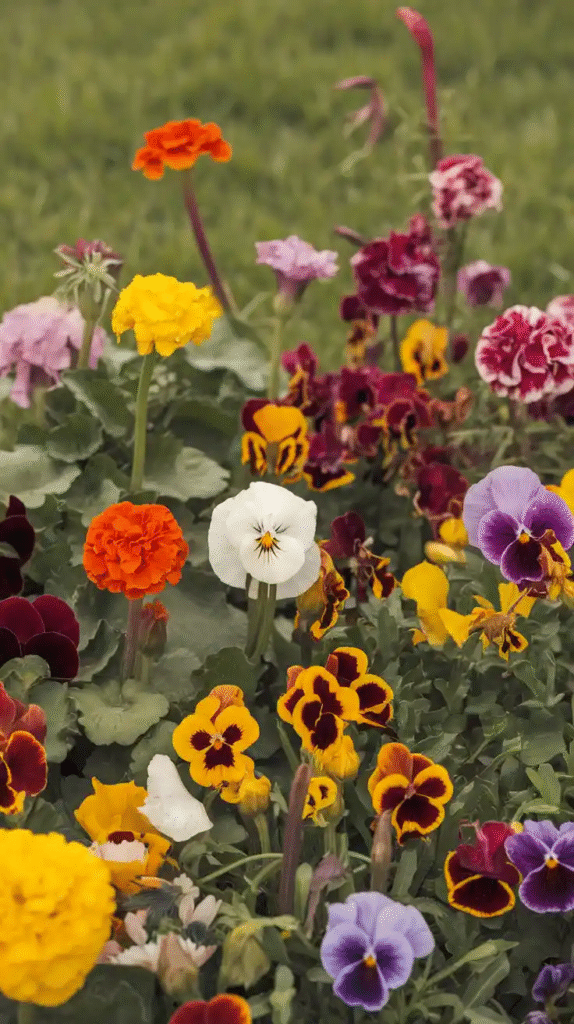
Why not blend beauty and utility? Edible flower beds combine herbs, vegetables, and flowers that look good and taste better. Nasturtiums, calendula, lavender, and chives are both attractive and edible.
Surround them with leafy greens or colorful peppers. I’ve nibbled on nasturtium petals straight from the garden—they’re peppery and delightful.
10. Wildflower Beds for a Meadow Look
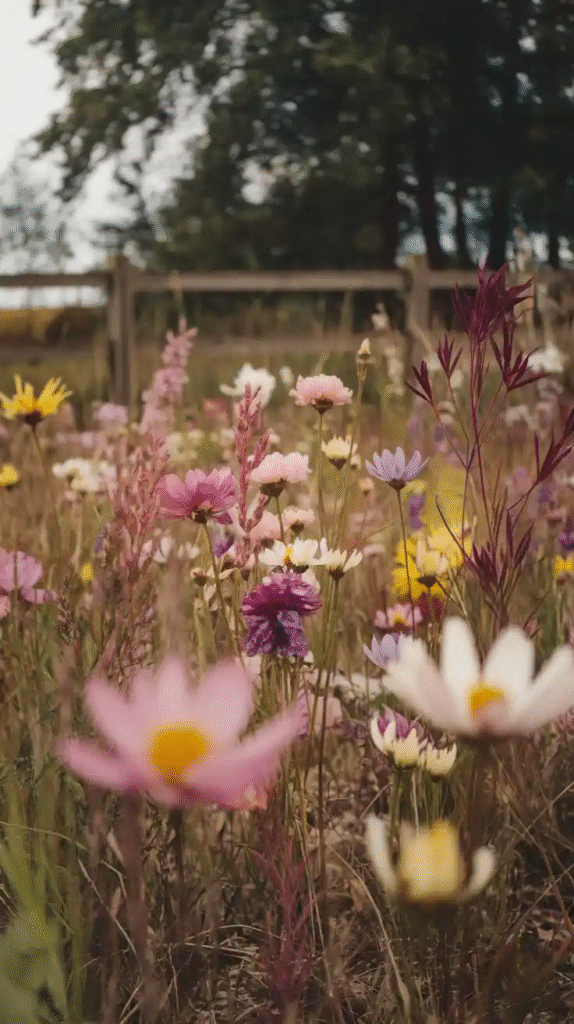
Sick of pruning, watering, and fussing? Go wild—literally—with a wildflower bed. Scatter a mix of seeds (native varieties are best), water once, and watch nature take over.
The result is a low-maintenance explosion of color and biodiversity. Bonus: it looks like a little meadow right in your yard. Once, I let a corner of the yard grow wild and ended up with the prettiest accidental arrangement.
11. Shade-Loving Flower Beds
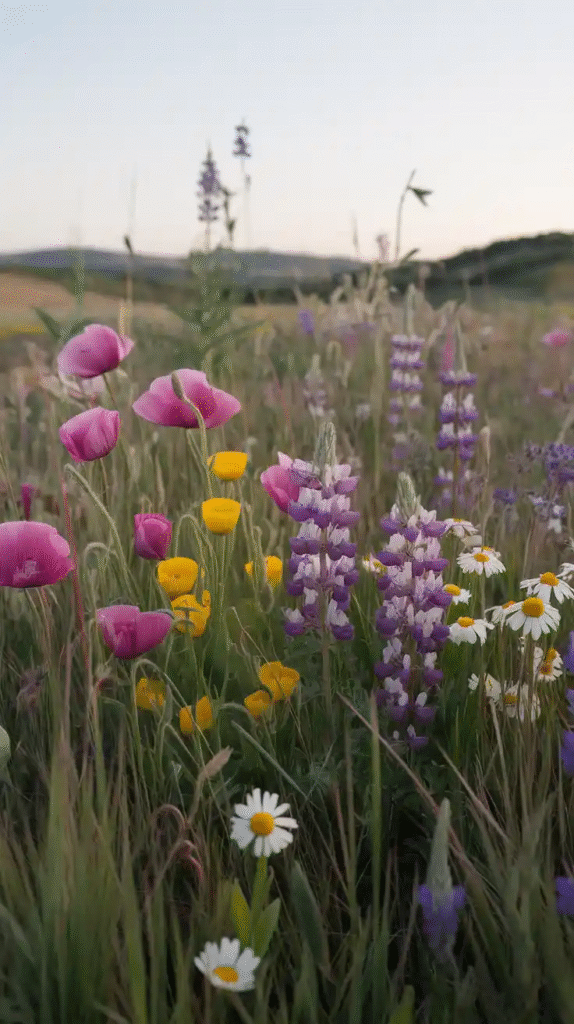
Not all flowers crave the spotlight. For those shady spots under trees or north-facing walls, build a shade-loving flower bed. Use plants like hostas, astilbe, ferns, and impatiens. I once turned the gloomy side of my garage into a lush, fern-filled nook with pops of pink and purple. The contrast of textures creates a cool, serene vibe.
12. Seasonal Rotation Beds
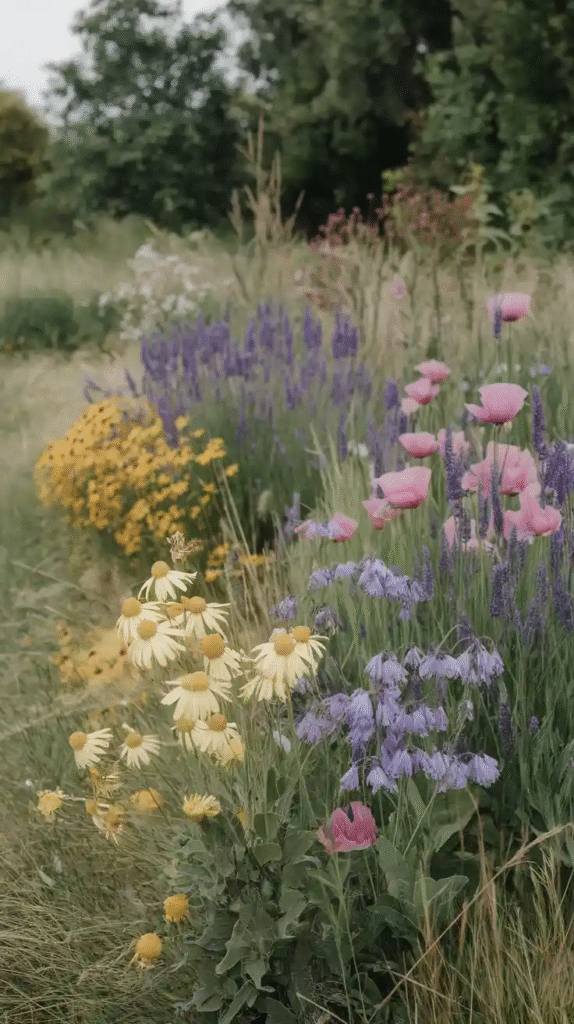
If you like variety, a rotating flower bed keeps your garden fresh. Start with spring bulbs—daffodils and tulips—then swap in summer bloomers like zinnias and marigolds. In fall, add mums or ornamental kale. This rotating act keeps the stage alive and allows for creativity throughout the year.
13. Tropical Flower Beds for Exotic Flair

Craving that vacation feeling? Add some drama with a tropical flower bed. Use canna lilies, hibiscus, elephant ears, and banana plants. Their large leaves and vivid colors bring a taste of the tropics to your backyard. I once built one around a small fountain and it became my private jungle retreat.
14. Fragrant Flower Beds for Sensory Delight
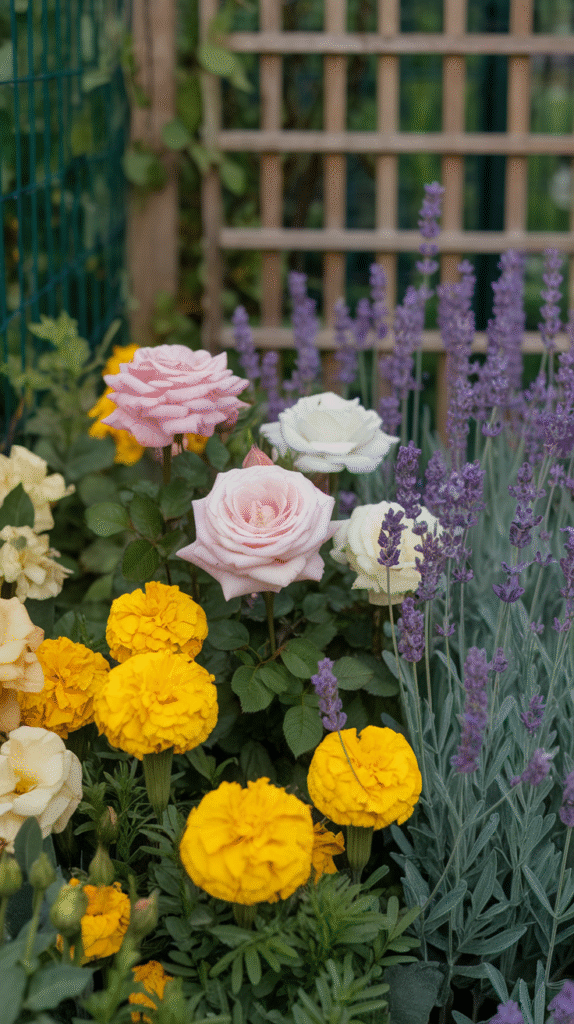
Let your garden smell as good as it looks. A fragrant flower bed filled with roses, gardenias, sweet peas, and lavender can turn any outdoor space into a sensory retreat. I love brushing past lavender on the way to the mailbox—it’s a little daily aromatherapy.
15. Rock Border Flower Beds
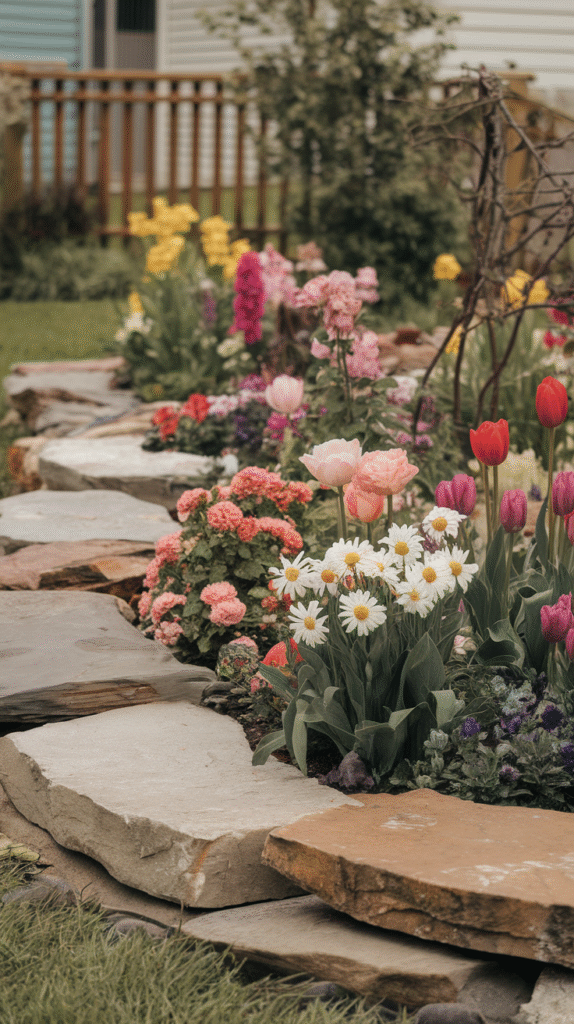
Sometimes it’s the edge that defines the beauty. Rock-bordered flower beds give definition, contrast, and a touch of rugged charm. Use river rocks or flat stones to edge your beds.
Not only do they look great, but they also keep mulch in and weeds out. One of my earliest DIY projects was lining a bed with found rocks—it still stands ten years later.
16. Container Flower Beds for Flexibility
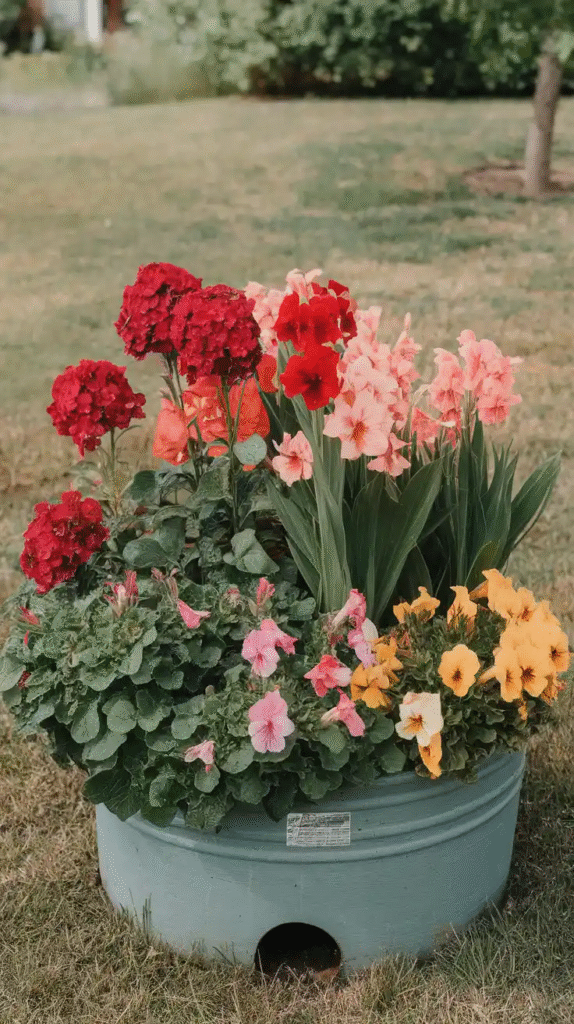
Short on space? Build a container flower bed. Arrange large pots or planters filled with a mix of flowers on a patio or deck. Group different heights and colors for visual interest.
You can move them around, swap out plants, and even take them indoors if needed. When I lived in a second-story apartment, my balcony bloomed like a mini Eden thanks to container beds.
Conclusion
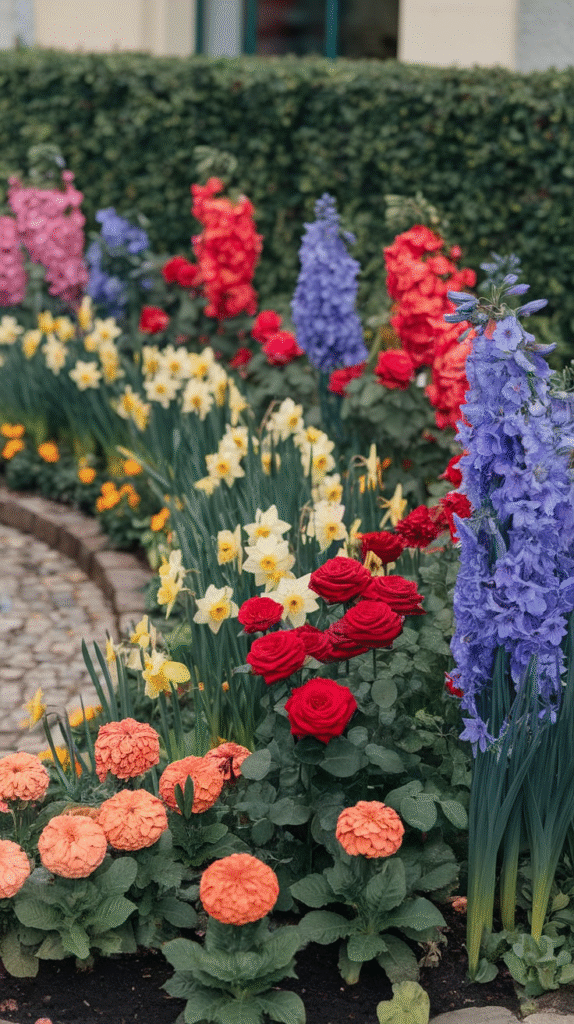
1. Soil Prep is Key: No matter your design, start with rich, well-drained soil. Add compost and mulch to keep things healthy.
2. Think in Layers: Place taller plants in the back, medium in the middle, and low growers in front. It’s like setting up a photo—everyone needs to be seen.
3. Plan for All Seasons: Combine early bloomers, summer stunners, and fall favorites to keep your beds alive year-round.
4. Don’t Forget the Edges: Whether it’s bricks, stones, or metal edging, defining the border keeps things tidy.
5. Water Smartly: Group plants with similar water needs together and consider drip irrigation or soaker hoses to save time.
6. Let Your Style Shine: Whether you lean minimalist or go full-on floral frenzy, your flower bed should reflect you.
Creating a flower bed is like painting a living canvas. With these 16 ideas, you now have a palette of inspiration. Choose the styles that speak to you, mix and match, and don’t be afraid to get your hands dirty. After all, the best gardens are grown with a little grit and a lot of love.

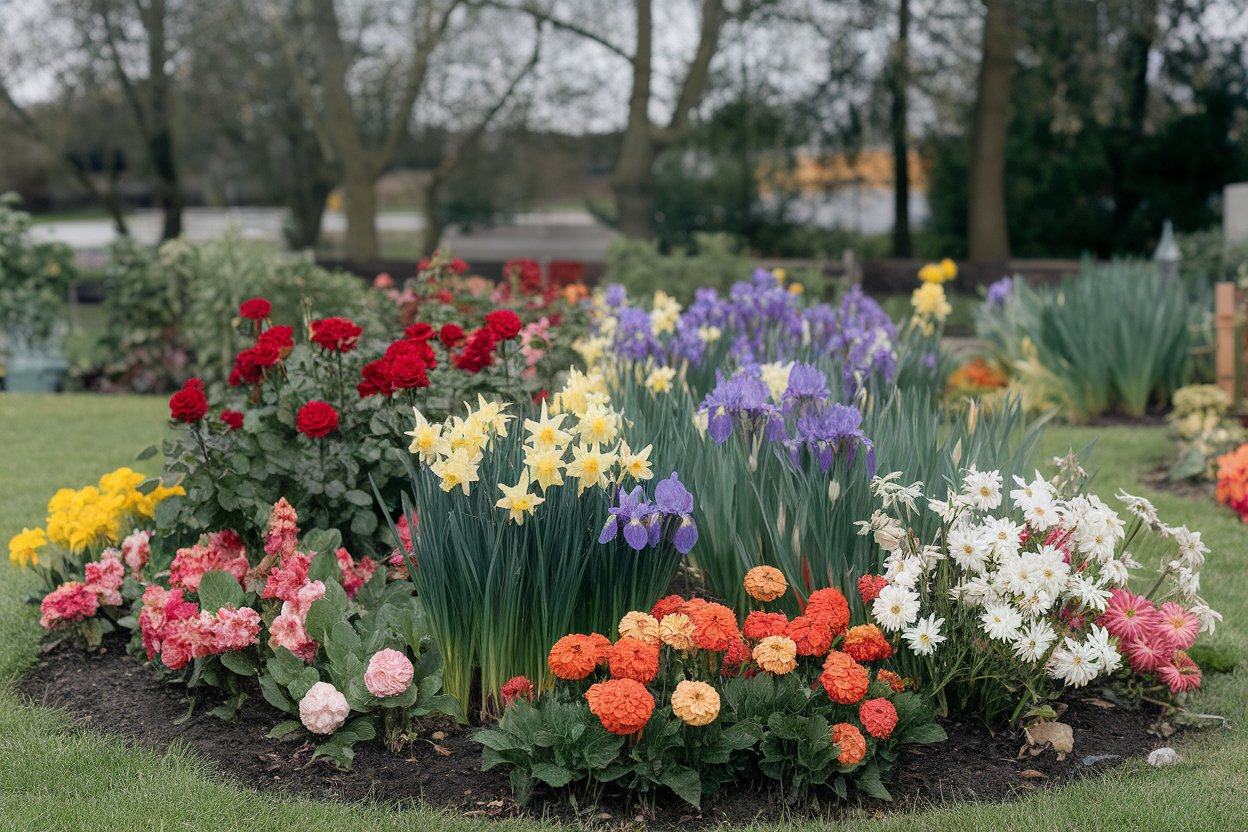
Leave a Reply